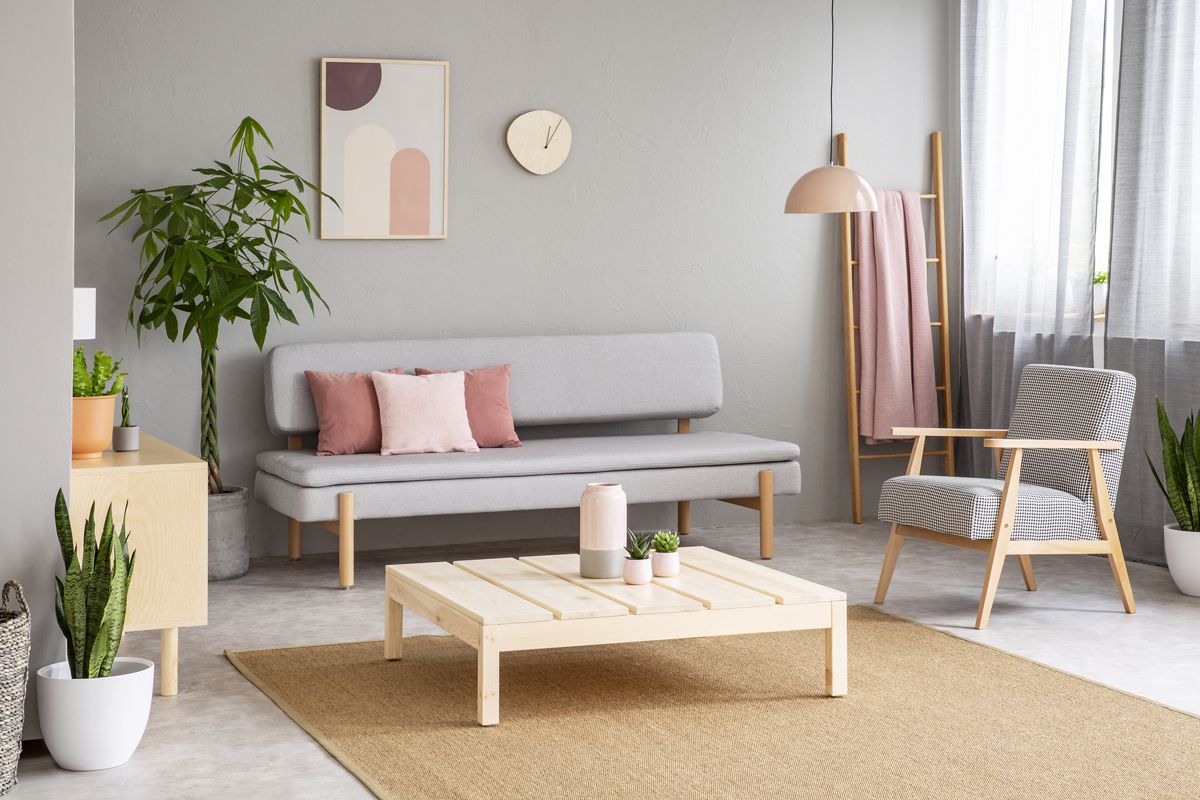
Introduction: The Beauty of Minimalism
In a world filled with constant noise and distractions, there’s something inherently appealing about the simplicity and serenity of minimalist interior design. Embracing minimalism isn’t just about decluttering our physical spaces; it’s about cultivating a mindset of simplicity and mindfulness that extends to every aspect of our lives.
Less is More: The Core Principle of Minimalism
At the heart of minimalist interior design lies the principle of “less is more.” Rather than filling our homes with unnecessary clutter and excess, minimalism encourages us to focus on what truly matters, paring down our possessions to only the essentials. By eliminating distractions and embracing simplicity, minimalist interiors create a sense of calm and clarity that is essential for well-being.
Clean Lines and Neutral Colors
One of the hallmarks of minimalist interior design is clean lines and neutral colors. Instead of bold patterns and vibrant hues, minimalist spaces often feature a palette of whites, grays, and earth tones, creating a sense of harmony and cohesion. By keeping the color scheme simple and understated, minimalist interiors allow the focus to remain on the beauty of the design itself.
Functional Furniture: Form Follows Function
In minimalist interior design, every piece of furniture serves a purpose. Functional furniture is not only aesthetically pleasing but also practical and versatile. Minimalist interiors often feature sleek and streamlined furniture with clean lines and no unnecessary embellishments. By prioritizing function over form, minimalist furniture maximizes space and enhances the overall flow of the room.
Decluttered Spaces: The Importance of Negative Space
In minimalist interior design, negative space plays a crucial role in creating a sense of balance and harmony. By leaving areas of the room empty and uncluttered, minimalist interiors allow the eye to rest and the mind to relax. Decluttering our spaces not only creates a more visually appealing environment but also promotes a sense of mental clarity and well-being.
Quality Over Quantity: Investing in Timeless Pieces
In the world of minimalist interior design, quality always trumps quantity. Rather than filling our homes with cheap, disposable items, minimalism encourages us to invest in high-quality, timeless pieces that will stand the test of time. By choosing furniture and decor that is built to last, we can reduce waste and create a more sustainable living environment.
Mindful Consumption: Avoiding Impulse Purchases
Minimalism isn’t just about decluttering our physical spaces; it’s also about decluttering our minds and our lives. In minimalist interior design, mindful consumption is key. Rather than succumbing to the temptation of impulse purchases, minimalism encourages us to carefully consider each item we bring into our homes, ensuring that it serves a purpose and brings value to our lives.
Balancing Form and Function: The Art of Minimalist Design
At its core, minimalist interior design is about finding the perfect balance between form and function. By stripping away the excess and focusing on what truly matters, minimalist interiors create spaces that are not only visually stunning but also practical and comfortable to live in. Embracing simplicity allows us to create homes that are reflections of our values and priorities, fostering a sense of peace and well-being in our daily lives. Read more about minimalist style interior design
